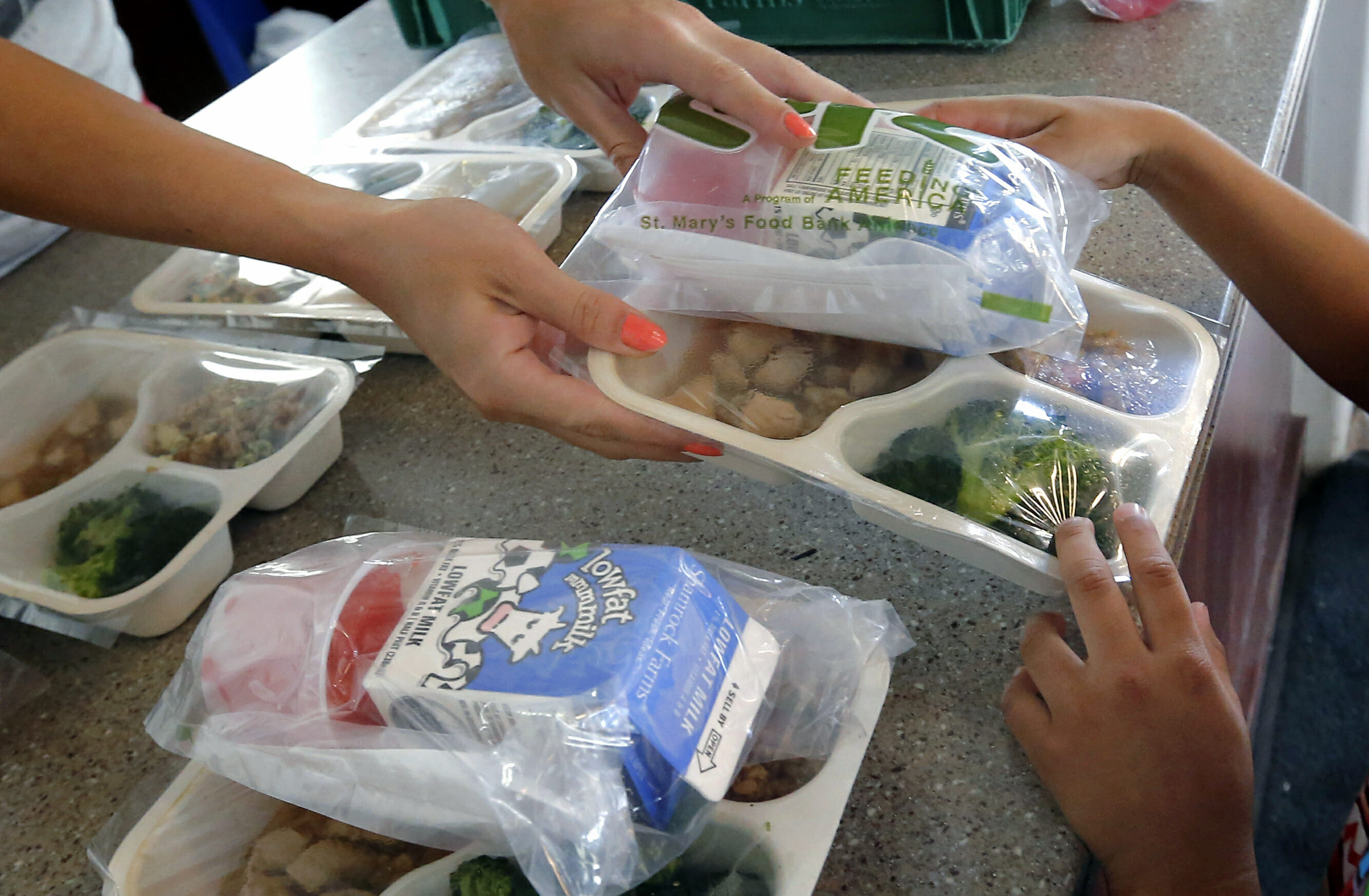
Report: Childhood poverty persists in fast-growing Southwest
SANTA FE, N.M. (AP) — The number of children living in poverty has swelled over the past three decades in fast-growing, ethnically diverse states such as Texas, Arizona and Nevada as the nation’s population center shifts south and west, a report Monday on childhood well-being shows.
The annual Kids Count report from the Annie E. Casey Foundation found that 18% of the nation’s children live in poverty, down from the Great Recession.
But the same advances weren’t seen in the Southwest, where many children are Native Americans, Latinos and immigrants who have long faced disadvantages.
“The nation’s racial inequities remain deep, systemic and stubbornly persistent,” said the annual Kids Count report from the Annie E. Casey Foundation.
“Thirteen million children continue to live in poverty in spite of the economic growth that we have seen recently, and low unemployment,” said Leslie Boissiere, a vice president at the foundation.
“In those border states, it’s as many as one in five. So you’re seeing a higher rate of poverty among children in those states.”
The share of children without health insurance increased slightly in 2017, the most recent year studied, but remains near an all-time low at 5%. That was attributed in large part to state Medicaid programs and provisions of the Affordable Care Act.
Since 1990, however, the national rate of childhood poverty has remained unchanged.
The report measured 16 indicators of childhood well-being, from the rate of low birthweights and teen pregnancy to third-grade reading abilities and the prevalence of single-parent families.
Texas’ childhood population swelled by an additional 2.5 million since 1990. The number of children in poverty there increased from about 1.1 million to 1.5 million, according to the foundation. In Arizona, it rose by 60% to 332,000 children.
In Nevada, the number of impoverished children more than tripled to 125,000 since 1990.
Denise Tanata, executive director of the Children’s Advocacy Alliance in Nevada, says the state’s relative prosperity sets it apart from other states persistently near the bottom of the childhood well-being rankings, such as Mississippi and Alabama.
“Historically it’s been a very old-West mentality: ‘Pull yourself up by your bootstraps,'” Tanata said. “We tend to be low in almost every category when it comes to kids and to families. … We haven’t been able to keep up with the population growth and the changing needs.”
Boissiere of the Casey Foundation said underlying causes of childhood financial stress differ from state to state.
In Texas, about 26% of children live in households where at least one parent struggles to find secure employment. In New Mexico, which ranked last in the survey, more than one in three children were in that situation.
A crisis in affordable housing weighs on families in California — where 43% of children are in families with a high housing cost burden that consumes more than 30% of pre-tax income. The state excels in other measures, with only 3% of children going without health insurance.
Nationwide, the share of children with at least one immigrant parent has doubled since 1990 to 26%, the report found.
Fifteen states with fastest growing child populations owe that growth mainly to an influx from other states along with birth and death rates — not international immigration, the foundation said.
The Western Journal has not reviewed this Associated Press story prior to publication. Therefore, it may contain editorial bias or may in some other way not meet our normal editorial standards. It is provided to our readers as a service from The Western Journal.
Truth and Accuracy
We are committed to truth and accuracy in all of our journalism. Read our editorial standards.
Advertise with The Western Journal and reach millions of highly engaged readers, while supporting our work. Advertise Today.












